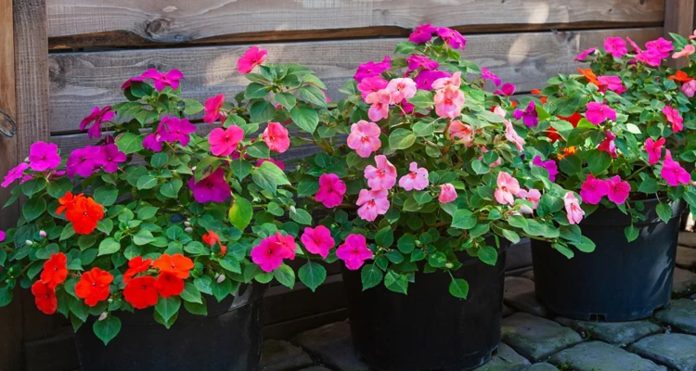Plants are known for their ability to photosynthesize, which is the process by which they convert sunlight into energy. However, not all plants require direct sunlight to grow and thrive. Some plants can tolerate low light conditions and are capable of thriving in shady areas. Shade-tolerant plants can be used to enhance the aesthetic appeal of shady spots, and can also provide a range of environmental benefits such as reducing soil erosion and improving air quality. In this article, we will discuss some plants which can grow in shade.
Hostas: Hostas are a popular choice for shade gardens due to their beautiful foliage. They are available in a variety of colors, including green, blue, and variegated varieties. Hostas prefer partial to full shade and moist, well-draining soil.

Grow Hostas in containers for gorgeous foliage right on the garden patio. | Longfield gardens, Shade garden plants, Hostas
Ferns: Ferns are another popular choice for shady areas. They thrive in damp, humid environments, making them ideal for areas with low light levels. Some common fern varieties include maidenhair ferns, ostrich ferns, and Boston ferns.

How to care for outdoor ferns in pots – Fern Gardening
Heuchera: Heuchera, also known as coral bells, are a great option for shady areas. They have colorful foliage and produce small flowers in the spring and summer. Heuchera prefers partial to full shade and well-drained soil.

Add some Colour with Heuchera
Bleeding Heart: A bleeding heart is a beautiful perennial that produces delicate, heart-shaped flowers. They prefer partial to full shade and moist, well-draining soil.

Do Bleeding Heart Flowers Change Color? | Gardener’s Path
Astilbe: Astilbe is a popular choice for shady areas due to its beautiful, feathery plumes. They prefer partial to full shade and moist, well-draining soil.

Bulk Astilbe | Astilbe Mixture Super Sak | Breck’s
Japanese Forest Grass: Japanese forest grass is a low-maintenance option for shady areas. It has striking yellow-green foliage and prefers partial to full shade and well-draining soil.

A plant I’d order: hakonechloa ‘all gold’ – A Way To Garden
Hellebores: Hellebores, also known as Lenten roses, are a great option for shady areas. They produce beautiful, long-lasting flowers in late winter and early spring. They prefer partial to full shade and well-draining soil.

Double-Flowered Hellebores – Michigan Bulb
Solomon’s Seal: Solomon’s seal is a low-maintenance perennial that produces delicate white flowers in the spring. They prefer partial to full shade and moist, well-draining soil.

Great Solomon’s seal – Calgary Horticultural Society
Lungwort: Lungwort is a low-maintenance option for shady areas. It produces beautiful, spotted foliage and small pink or blue flowers in the spring. They prefer partial to full shade and well-draining soil.

Lungwort: Growing And Caring For A Pulmonaria Plant
Overall, many plants can grow in the shade. When selecting plants for shady areas, it’s important to consider the specific growing conditions, including the amount of light and moisture available. By choosing the right plants, you can create a beautiful and thriving garden in even the shadiest of spots.






